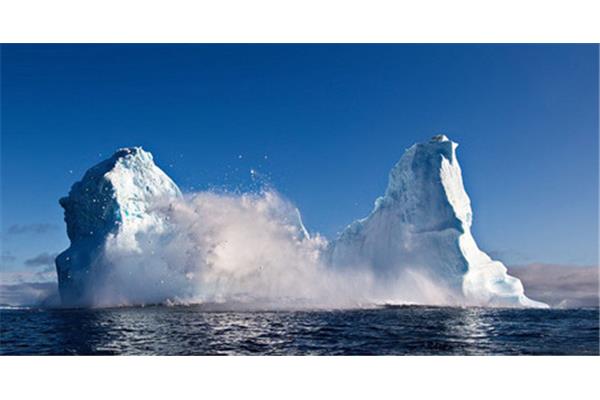iceiceicerelargechunksoficethatbreak
Icebergs are large chunks of ice that break off from glaciers or ice shelves and float in the sea. Icebergs are made of freshwater and can be found in almost all oceans. They come in a variety of shapes and sizes, from small lumps of ice to massive blocks the size of a small city。

Icebergs form when large chunks of ice break away from glaciers or ice shelves. The process is known as ‘calving’ and is caused by the pressure of the weight of the ice pushing down on the glacier or ice shelf. This pressure can cause large cracks to form in the ice, which eventually leads to the formation of an iceberg.

Icebergs can be found in many different shapes and sizes. Some are long and thin, while others are more rounded. Some icebergs are as small as a few metres across, while others can be as large as a few kilometres. The largest iceberg ever recorded was over 200 kilometres long and had an area of over 11,000 square kilometres.

Icebergs are found in many different ocean environments. They are most commonly found in the polar regions, where they are created by glaciers and ice shelves. However, they can also be found in temperate and tropical waters, where they are created by melting glaciers or ice shelves.

Icebergs can pose a serious threat to ships and other vessels, as they are often difficult to spot due to their size and shape. When an iceberg is in the path of a ship, it can cause serious damage. This is why ships travelling in icy waters take extra precautions to avoid icebergs.

Icebergs are also a major source of freshwater for the world’s oceans. As they melt, they release large amounts of freshwater into the ocean, which can help to regulate the ocean’s temperature and salinity.
Despite their potential dangers, icebergs are a fascinating natural phenomenon. They are a reminder of the power of nature and the importance of taking care of our planet。
![{$DT[sitename]}](/skin/zx123/img/logo.png)





